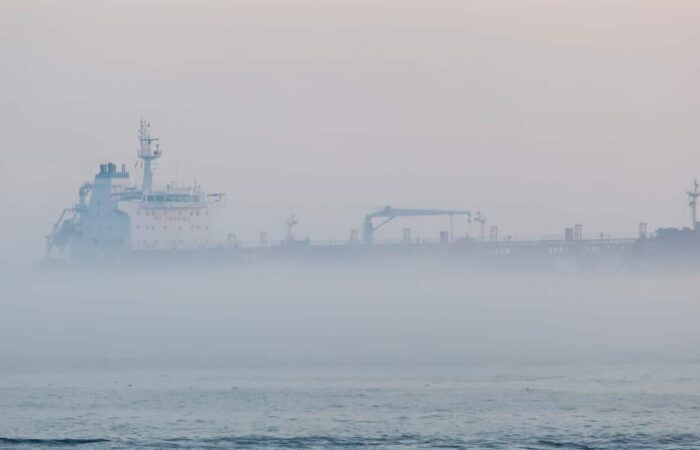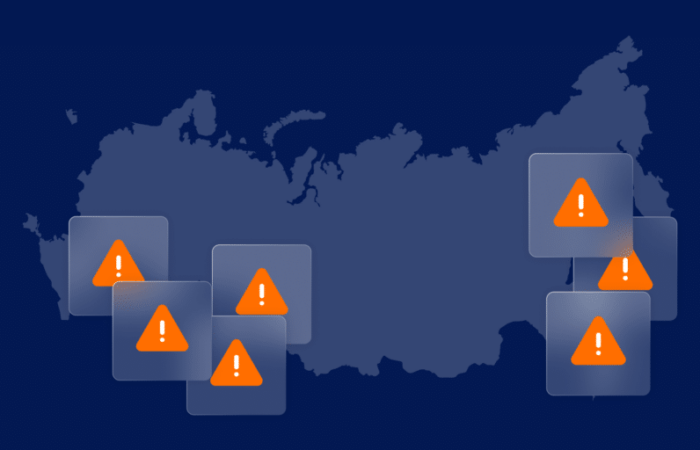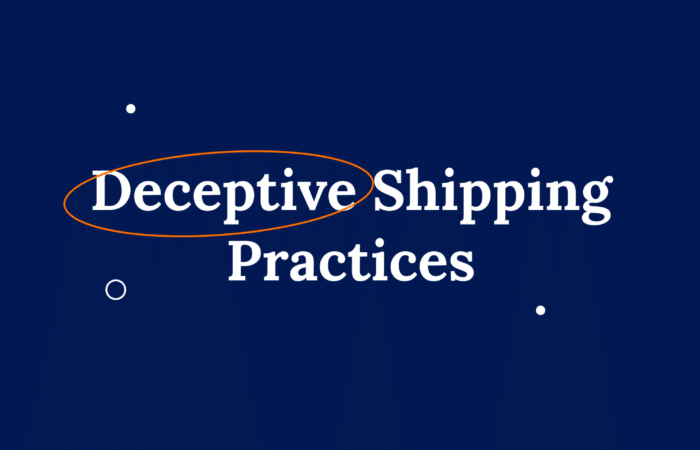What’s inside?
This is part 4 of the Sanctions Series, for more insights, read part 1, part 2 and part3.
Maritime compliance used to be dull. Stakeholders did it, perhaps begrudgingly. But it wasn’t a core process. That’s now changed. New advisories from the U.S. Treasury’s Office of Foreign Assets Control (OFAC) make it clear that doing business with a vessel that’s violating or evading sanctions could create serious sanctions risk and legal and reputational liability. As Elizabeth Rosenberg, former senior sanctions official at the U.S. Department of the Treasury, puts it: “The United States has explicitly stated that it will aggressively enforce sanctions on Iran, and can be expected to expose and target shippers involved in the purchase and transfer of Iranian oil.”
Maritime stakeholders are taking note. In a recent survey we found that nearly all parties – including banks, commodity traders and insurers – are screening vessels against sanction lists; that three-quarters of them are calculating OFAC’s “50 Percent Rule”; and that two-thirds of them screen for past port calls of the ships they do business with, to check if they docked in sanctioned countries.
Definitive Results
These vessel due diligence practices, when conducted by trained professionals using standard screening and vessel tracking tools, generally provide definitive results: a vessel is either owned by a sanctioned entity or it isn’t; it visited a sanctioned port or didn’t; is on a sanctioned entities list or isn’t.
Such certainties, though, no longer exists, and it’s the maritime supply chain that’s caught in the crosshairs. Those entities seeking to evade sanctions are systematically exploiting weaknesses in vessel AIS transponders (both in its protocol and its technical infrastructure), and are using complex methods of concealment that baffle even the best of intelligence agencies.
Against this backdrop, it’s no surprise that we seem to wake up every morning to new stories about ships disappearing, manipulating identities, or transshipping at sea. With the number of entities added to sanction lists every year more than quadrupling between 2015 and 2018, would-be evaders are engaging in a sophisticated game of cat-and-mouse as they come up with new ways to trade. They’re increasingly doing so using vessels that are seemingly innocent, raising the bar for vessel due diligence for the maritime ecosystem.
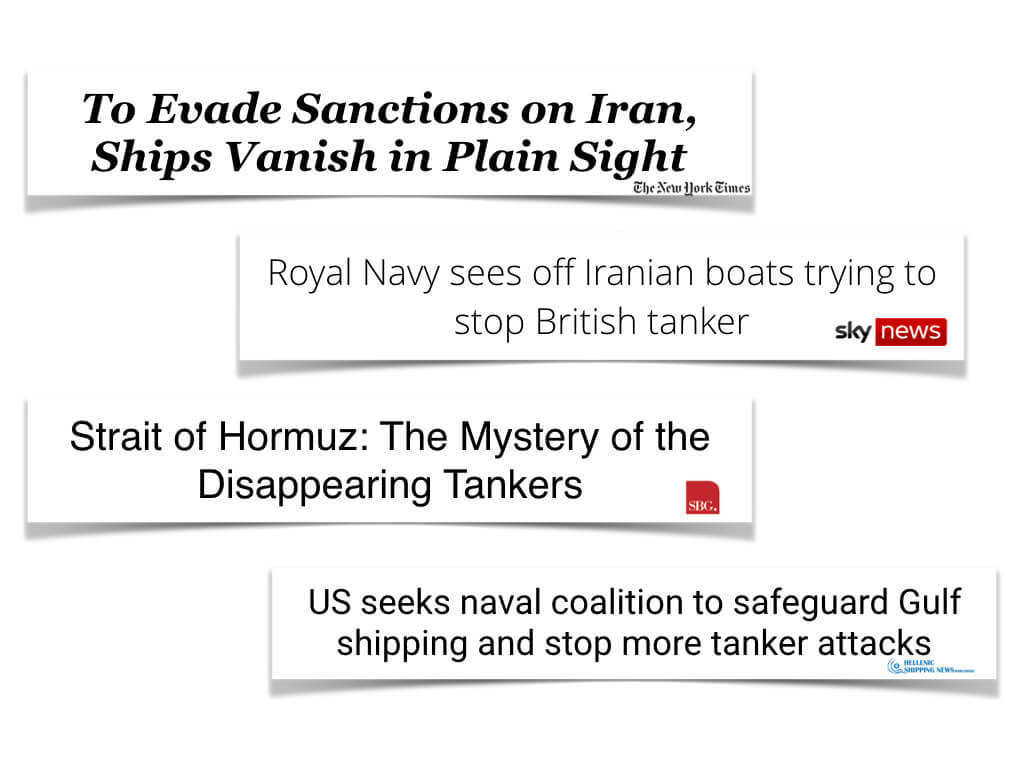
False Red Flags
But what does this new normal actually mean for a compliance team tasked with protecting its organization from doing business with the next Pacific Bravo or Grace 1? In a recent analysis of the latter, we found 11 other vessels suspected of similar sanctions evasion operations; between them they conducted at least 68 meetings with other ships offshore Fujairah between May and June. To put this into perspective, on an average day, some 280 ship-to-ship meetings take place in the Fujairah anchorage area, including, for the purpose of bunkering vessels, transshipping cargos, and the servicing and maintenance of ships. How can the maritime supply chain deal with so many possible red flags, amid so much uncertainty? The number of false positives is simply too large.
A common view is that if the AIS signal is lost, it is almost certainly because the AIS transponder has been disabled or turned off. While true in many parts of the world, it does not apply to areas with huge volumes of shipping traffic. Like losing mobile phone reception at a concert, there are just too many AIS signals; as the signals collide, they undermine the coverage generated by satellites. And it just so happens that two of the most congested traffic areas are those most prone to sanctions evasion: the Gulf and the South China Sea.
In the past month, more than 540 tankers had “transmission gaps” in the area marked by the UN and OFAC as high risk for STS transfers by North Korean tankers. Would organizations really be able to look at each and every one of these vessels that might have turned off its transmission?
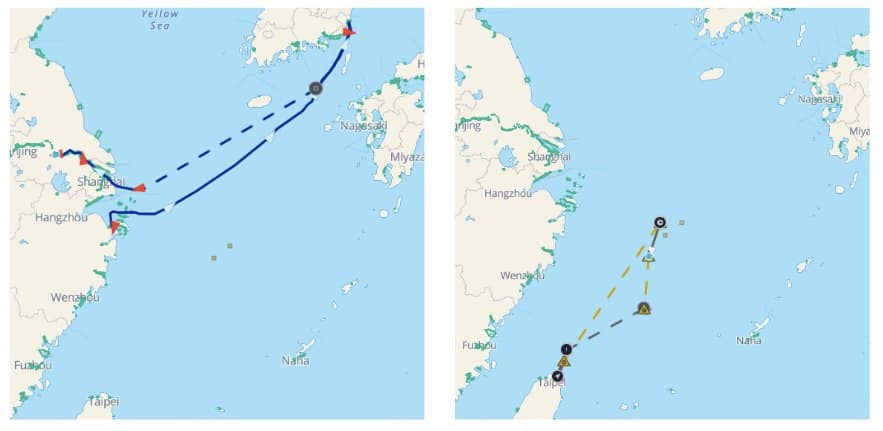
Looking at these images, an experienced shipping analyst can quite decisively clear a specific vessel by assessing the context. With today’s vessel tracking tools, such assessment would usually take between two and six hours and give decision-makers the confidence needed by eliminating doubts about red flags. Doing this process manually could work for a low volume of vessel due diligence checks.
But what if you have to conduct 10, 20 or 50 every day, or even every hour? And what if the trader or bank needs to screen those transactions daily to ensure nothing changes in the status of the vessels they’re doing business with? Getting a list of false transmission gaps or transshipments on every one of these 25,000 vessels will leave analysts bogged down with mundane work that might bring business to a halt – nevermind that it distracts staff from contributing more meaningfully to the company’s core operations.
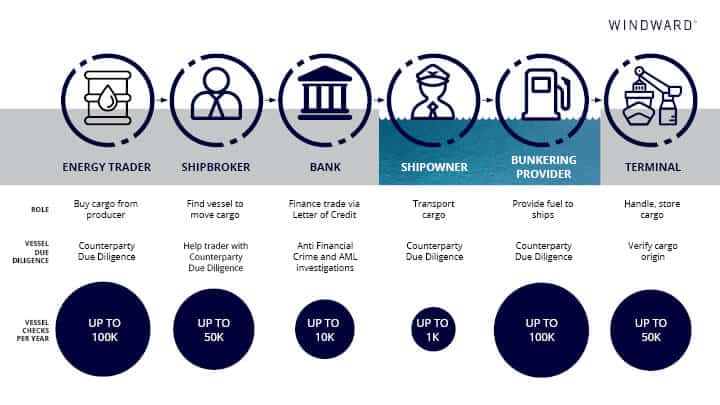
This is where behavioral analytics becomes a must for keeping business running as usual. By training machine learning algorithms to automatically conduct expert shipping analysis, it is possible to speed-up the vessel behavior due diligence process and provide compliance professionals with recommendations that are always up-to-date. Such automation helps minimize false positives, and maintain existing compliance frameworks and controls without the need for additional domain experts.
It won’t stop ships from vanishing off our screens. But it can help businesses quickly adapt their workflows to get data on vessels, and to receive tangible recommendations that keep business running as usual.
Ami Daniel is CEO of Windward
This is Part 4 of the Sanctions Series. For more insights, read Part 1: The Data Science of Compliance, Part 2: DPRK Sanctions: The South Korean Connection, and Part 3: The Multinational Story Behind the Grace1.
To understand the legal framework this is based on, please read Navigating New Maritime Sanctions Compliance Requirements, written together with Wiggin and Dana LLP.














